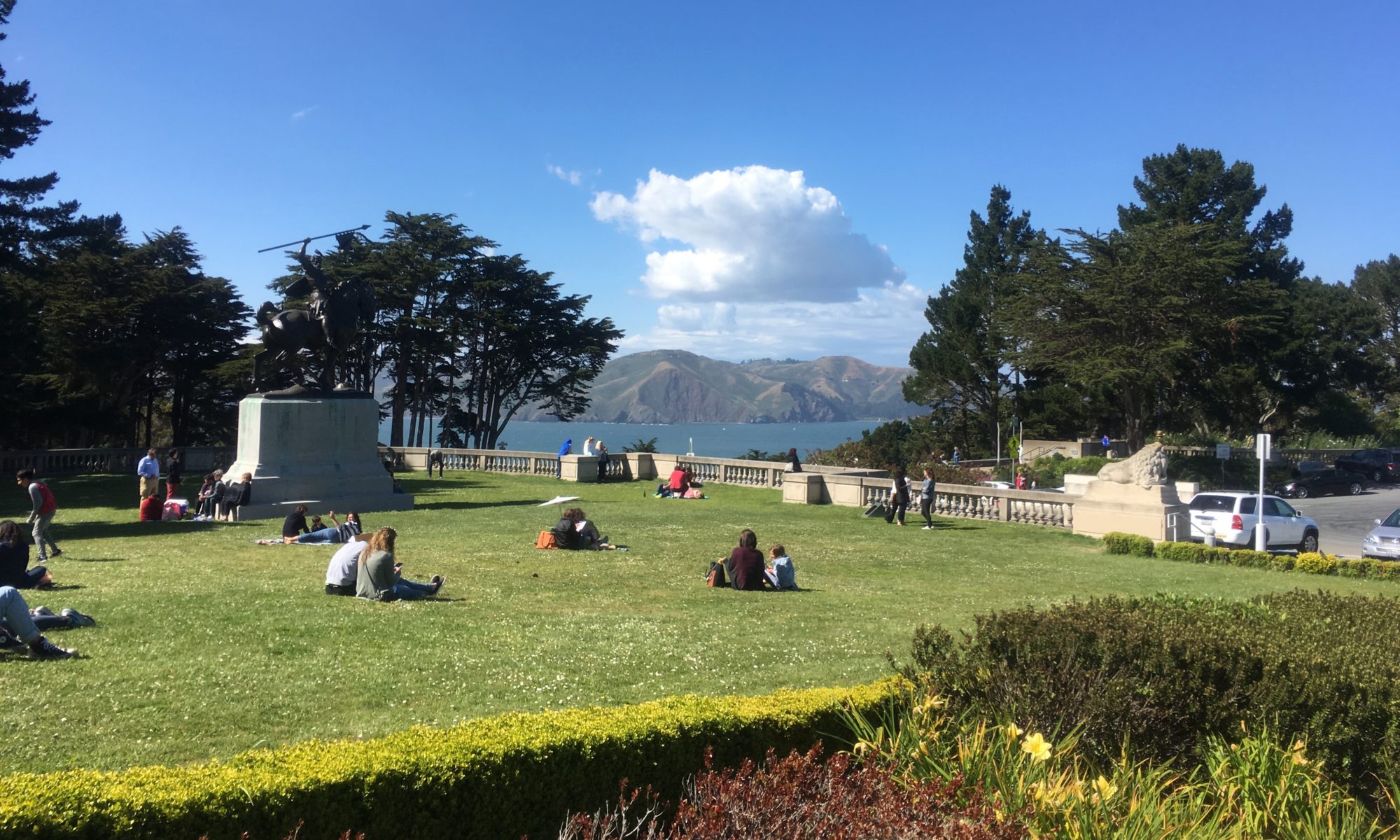By Tim Redmond : 48hills – excerpt
The Government Audit and Oversight Committee will hold a hearing Thursday/5 on the allegations of financial mismanagement at the San Francisco Parks Alliance and the impact that’s had on city agencies.
Sups. Jackie Fielder and Shamann Walton called for the hearing, and have asked the Recreation and Parks Department, as well as the Parks Alliance, to appear and answer questions.
Among the issues that should, and I suspect will, come up: What role has Rec-Park Director Phil Ginsburg played in the management, direction, financing, and operations of the private alliance? What did he know about the current mess, and when did he know it?… (more)
UPDATE:
S.F. supervisor seeks to subpoena ex-leaders of collapsed parks nonprofit
A city supervisor is seeking to subpoena the former leaders of the collapsed San Francisco Parks Alliance, compelling them to testify about the demise of a prominent and politically connected nonprofit that is the subject of multiple investigations.
Supervisor Shamann Walton plans to subpoena the Parks Alliance’s last CEO, Robert Ogilvie, and his predecessor, Drew Becher, as well as its former treasurer Rick Hutchinson.
His request for a subpoena, which needs approval from his colleagues, comes after the Parks Alliance began to wind down its operations this week ahead of a scheduled hearing on its collapse and outstanding debts to the city at a Board of Supervisors committee.
The hearing was supposed to be held Thursday, but has since been postponed…
The Parks Alliance was in the grips of a deepening financial crisis long before its decision to shutter. Its board chair, Louise Mozingo, admitted in a leaked email obtained by the Chronicle that the organization had misspent $3.8 million in restricted funds on its operating expenses.
The shutdown left small neighborhood groups around San Francisco that entrusted the nonprofit to safeguard their money unsure about the fate of their savings. Before all of its board members resigned and itsremaining staffers were terminated, the Parks Alliance hired an outside firm to liquidate its remaining assets through a process akin to bankruptcy...
“I want to know how the city will collect the outstanding dollars and how the Parks Alliance could get away with using city and organization resources for their own operations,” he said.
Supervisor Jackie Fielder, who joined Walton in his call for a hearing, still plans to introduce a motion Thursday calling for a full audit of the San Francisco Recreation and Parks Department, including its long-running financial ties to the Parks Alliance, her office said.
The district attorney, controller and city attorney are investigating…(more)

